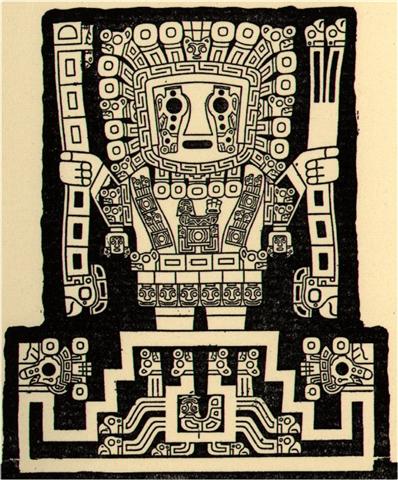Hua in Gb3-23 has 7 feathers at left and 6 at right, together 13 as if alluding to 364 / 28 and a method of counting time based on 4 weeks per month:
84 = 3 * 28. Possibly the measure of takaure inside his oval from his eye to the pointed front wing was meant to be 84 nights, the day number for March 25 when the Full Moon was at September 22 (equinox). The Chorti diviners began their sky raising ceremonies in April 25 (125) and 125 - 84 = 41 (February 10, the day after they went to their sacred spring to fetch stones). 364 - 84 = 280 = 10 * 28. Where 'legs' appeared (reasonably when 'land' was reached) the Sun was at the back side of the northern fish:
In rongorongo times this was in April 1, with October 1 at the opposite side of the year. The woman Virgo was close to the Full Moon when the woman Andromeda was close to the Sun (always full). And the reverse was the case half a year later (or earlier). ... Hamiora Pio once spoke as follows to the writer: 'Friend! Let me tell of the offspring of Tangaroa-akiukiu, whose two daughters were Hine-raumati (the Summer Maid - personified form of summer) and Hine-takurua (the Winter Maid - personification of winter), both of whom where taken to wife by the sun ... Now, these women had different homes. Hine-takurua lived with her elder Tangaroa (a sea being - origin and personified form of fish). Her labours were connected with Tangaroa - that is, with fish. Hine-raumati dwelt on land, where she cultivated food products, and attended to the taking of game and forest products, all such things connected with Tane ... Between the fingers of the hand in Gb3-23 there is a broader interval (vaha) to the left than to the right. Together with 7 + 6 feathers it ought to indicate broader daylight in the past than ahead. Either we should continue to read heliacally, in which case the glyphs could appear to describe the situation on Easter Island rather than north of the equator:
Or we could read the text nakshatra wise, with October (JULY) referring to the coming dark half of the year north of the equator. However, when broad light has returned in Gb3-25 (alluding to March 25) it ought to indicate the warm half of the year had arrived, in which case we should continue to read heliacally and with a view from north of the equator (with the Sun at his Fish Lady):
The thumb tansformed into hua (Gb3-23) should therefore refer to the previous Old Sun, whose 'horse spirit' earlier had been living in a 'fat body', but whose 'flesh' had disintegrated since then (been taken care of by the 'stones'). This could explain why there are 3 fingers with 2 openings in between, the first opening (vaha rima) corresponding to the season of broad daylight and the later to the leaner season when most of the daylight had subsided:
In contrast there were no gaps (vaha rima) between the fingers of the weeping god at the Gateway of the Sun (placed towards the horizon in the west), instead a horizontal mouth and a Full Moon fish as a talisman on his chest - like a reflection of its underground watery companion in the chamber habitat below.
|
||||||||||||||||||||||||||||||||||||||||||||||||||||||||||||||||||||||||||||||||||||||||||||||||||||||||||||||||||||||||||||||||||||||||||||||||||||||||||||||||||||||||||||||||||||||||||||||









